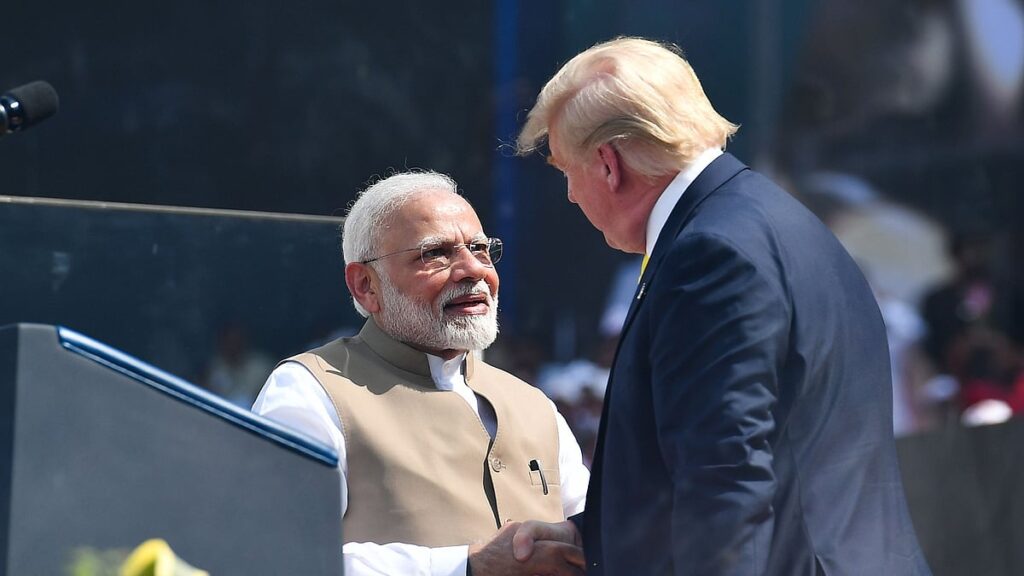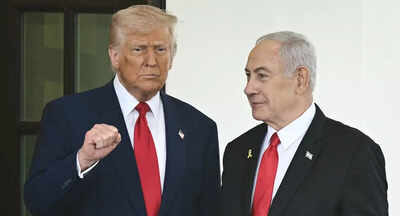India has adopted a firmer stance on protecting its agricultural and dairy sectors as negotiators in Washington edge closer to a crucial July 9 deadline to avert a tariff escalation. The Indian delegation, led by Special Secretary Rajesh Agrawal of the Department of Commerce, has extended its stay beyond initial plans, signalling the high-stakes nature of the talks. An official confirmed that their presence will continue until key issues are resolved.
Finance Minister Nirmala Sitharaman has identified agriculture and dairy as non-negotiable “red lines” in ongoing discussions. She told the Financial Express that opening these sectors too rapidly would be politically untenable and could weaken the protections afforded to farmers and small producers. With public sentiment strongly defending these industries, New Delhi appears unwilling to compromise on matters affecting food security and rural livelihoods.
The negotiations centre on an interim agreement aimed at pausing or removing a 26 per cent U.S. reciprocal tariff imposed earlier this year. The tariff moratorium expires on July 9; failure to reach terms could see it reinstated, compounding existing duties on steel, aluminium, automobiles and auto-parts. India is pushing for full exemption and is exploring a phased, multi-stage bilateral trade agreement to be finalised by autumn, targeting a surge in two-way trade from $191 billion to roughly $500 billion by 2030.
On the U.S. side, officials are pressing for enhanced market access across agriculture, dairy, genetically modified crops, ethanol, electric vehicles, wines and certain industrial goods. U.S. Commerce Secretary Howard Lutnick emphasised in Washington that both nations have identified common ground and expressed optimism over concluding an agreement before the July deadline. He also hinted at reciprocal openings for Indian exports.
However, India remains cautious. Delegation sources report that New Delhi is intent on safeguarding its domestic sectors, where smallholder farmers predominate and market liberalisation could undermine access to essential inputs and services. The country has historically resisted opening dairy trade in all past free trade agreements, and similar caution is being applied to agriculture and GM produce.
Domestic stakeholders—farmers’ associations, dairy producers, and rural lobbies—are exerting pressure on policymakers. They argue that any pricing concessions or duty reductions, even partial ones, could trigger supply disruptions and price volatility. The administration appears to be responding by steering negotiations toward less sensitive areas, such as ethanol, nuts, apple exports, and processed foods where domestic production gaps exist.
Financial and trade analysts note that India is leveraging its sizeable exports to the U.S.—which rose nearly 22 per cent to $17.25 billion in April‑May of the fiscal year—as bargaining strength. India’s requests include reciprocal tariff relief on labour-intensive manufactured goods such as garments, textiles, gems, jewellery, shrimp, and plastics. Opening services and digital trade remains another priority.
The U.S. delegation, led by Assistant U.S. Trade Representative Brenden Lynch, visited New Delhi earlier this month. Both teams have remained engaged through virtual and on-site talks to maintain momentum. Observers expected that if both sides remain motivated, a limited interim accord could be achieved, followed by broader negotiations under a phased bilateral framework.
While both nations have expressed optimism, analysts caution that the final act hinges on bridging deep differences over agriculture and dairy. Washington’s insistence on securing American farm exports contrasts sharply with New Delhi’s commitment to shield domestic food producers. The outcome of these discussions may shape not only immediate tariff relief but also the contours of broader trade cooperation.




 Karnataka Congress Faces Unease Over Leadership Shift
Karnataka Congress Faces Unease Over Leadership Shift 